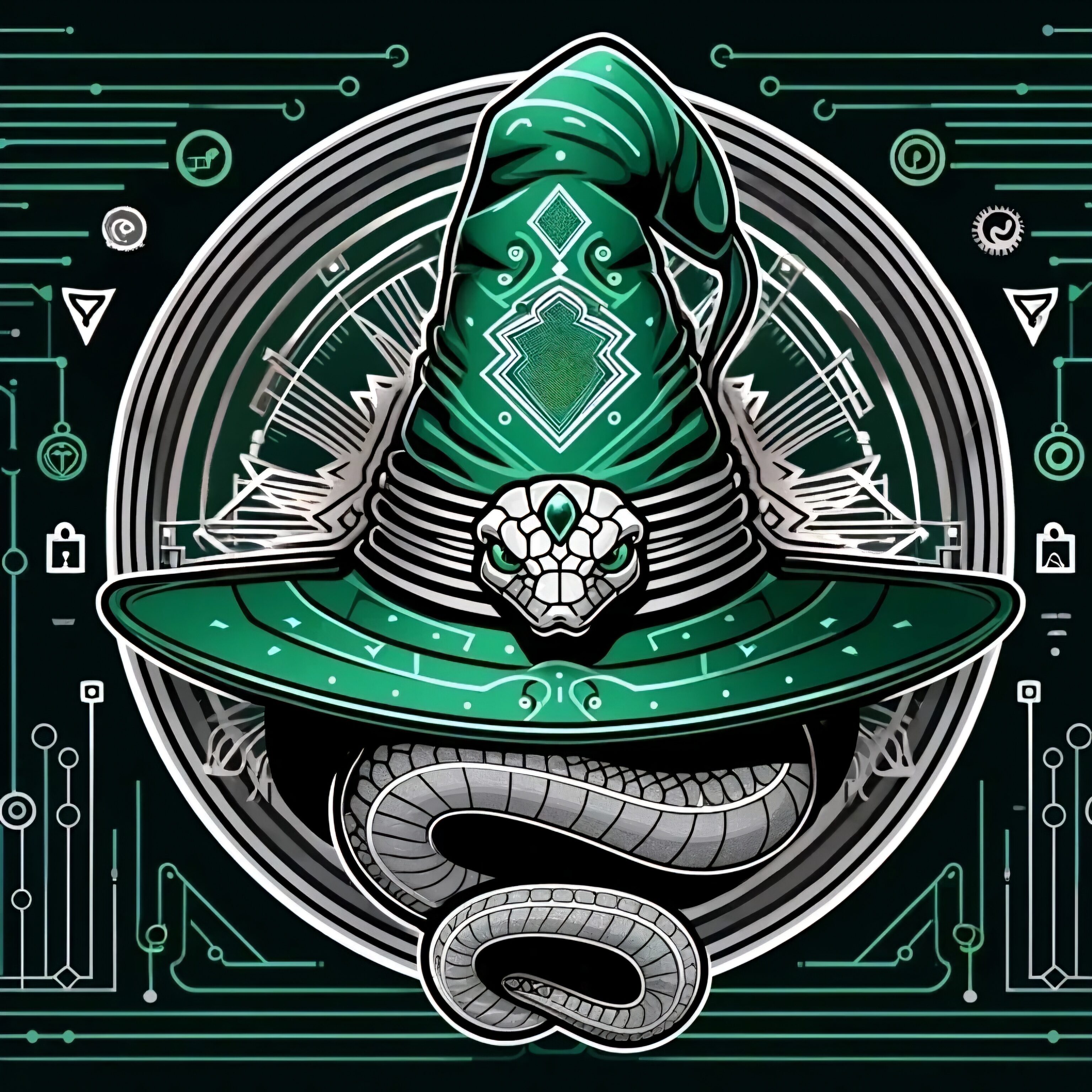Hey tech enthusiasts!
I recently watched a video titled “Introduction to GNU/Linux for Beginners,” which provides a detailed overview of the GNU/Linux operating system. Here’s a summary of the key points covered in the video:
🐧 Introduction to Linux
Linux is introduced as a powerful and flexible operating system, predominantly used in server environments, though it’s also available for desktops. Despite its dominance in the server market, Linux has a relatively small market share among desktop users.
🕰️ History of Linux
Linux was created by Linus Torvalds in the early 1990s as a Unix-like operating system. Originally a hobby project, it quickly grew into a widely-used OS due to its open-source nature, allowing anyone to modify and distribute their own version.
🖥️ The Linux Kernel
At the heart of Linux is its kernel, which manages hardware-software interactions. Various Linux distributions package this kernel with different tools and user interfaces, creating a complete operating system tailored to specific needs.
🌍 Linux Distributions
The video highlights the vast array of Linux distributions (distros), with popular ones including Ubuntu, Fedora, and Red Hat. Each distro can be extensively customised, allowing users to select the tools and interfaces that best suit their needs.
🔧 Open Source and Customisation
Linux’s open-source nature leads to an abundance of distributions and customisation options, making it highly adaptable to various user requirements and hardware configurations.
🖼️ User Interfaces and File Systems
Linux offers multiple user interfaces (e.g., GNOME, KDE) and file systems (e.g., EXT4). Users can choose interfaces based on personal preference and the capabilities of their hardware, providing a tailored user experience.
💻 Software Installation
Installing software on Linux can be more complex than on Windows or macOS due to the diversity of distributions. However, many distributions offer software stores or package managers that simplify the installation process.
🔐 User Accounts and Security
Linux supports multiple user accounts, including a root (administrator) account, which is crucial for managing a multi-user environment, especially in networked systems. This robust user management enhances security and control.
📦 Virtualisation and Learning Linux
For those new to Linux, the video recommends using virtualisation tools like VirtualBox or VMWare. These tools allow users to experiment with different Linux distributions without affecting their main operating system.
Why This Matters for ITF+ Exam
Understanding these aspects of Linux is essential for the ITF+ exam. Linux’s flexibility, open-source nature, and prominence in server environments make it a critical topic for anyone entering the IT field.
If interested, you can watch the full video here.
Questions to Ponder
- What are the benefits and challenges of using Linux as a desktop operating system compared to its use in server environments?
- How does the open-source nature of Linux contribute to its widespread adoption and customisation?
- Why might virtualisation tools be particularly useful for beginners learning Linux? What advantages do they offer over installing Linux directly on a physical machine?
I hope this summary helps you grasp the fundamentals of Linux. Feel free to share your thoughts or ask questions in the comments below.

